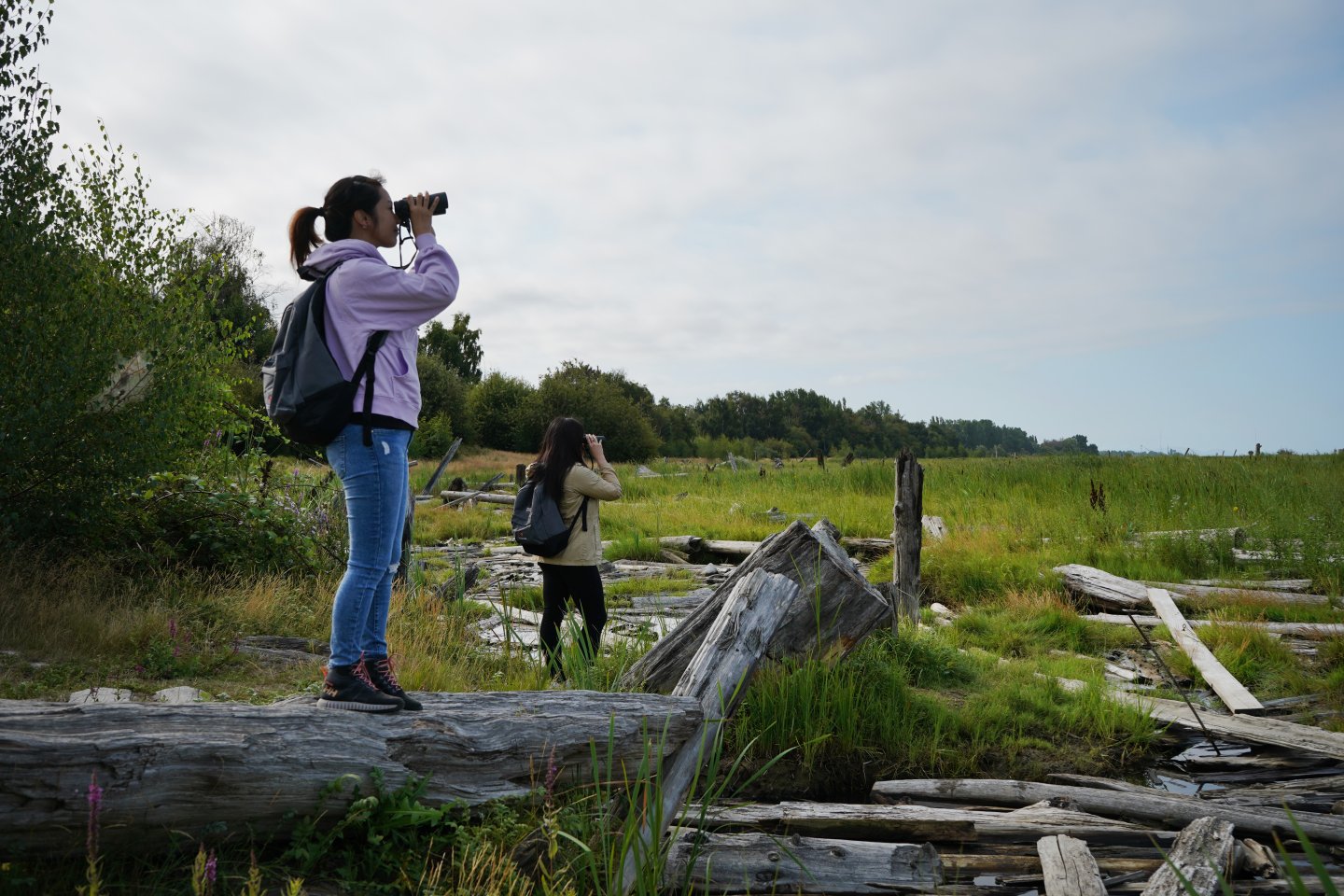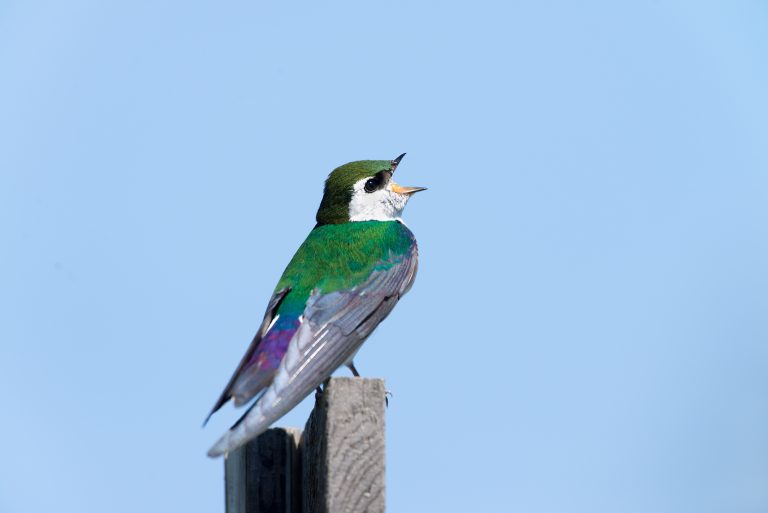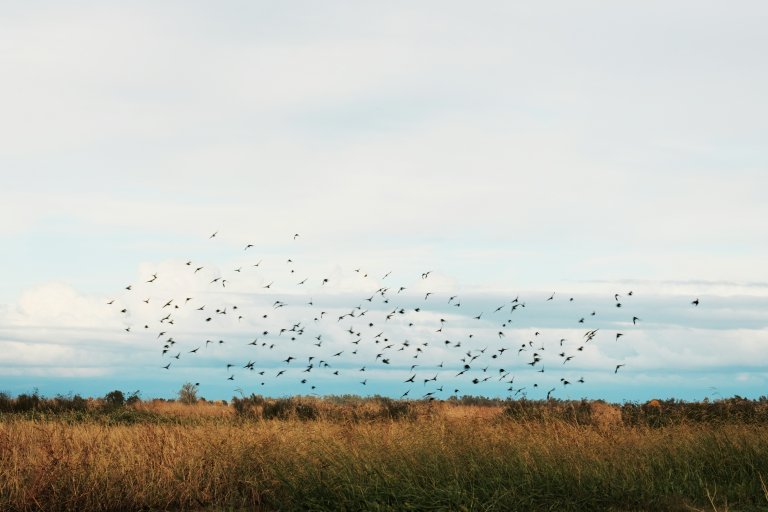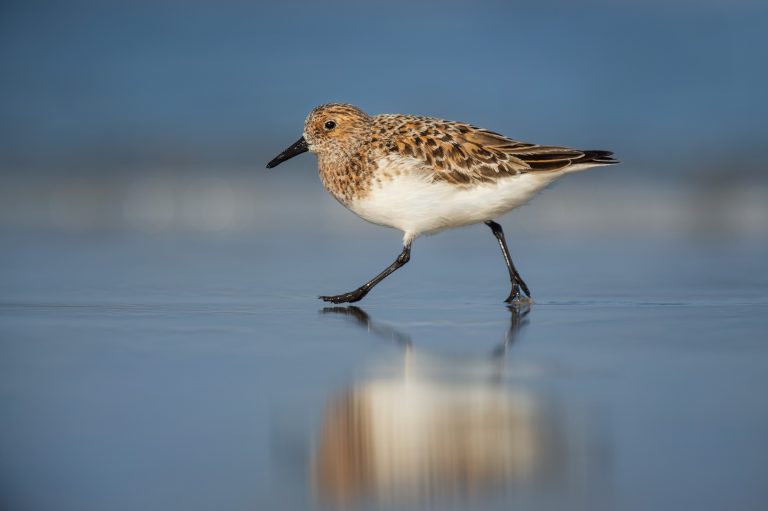Twitcher? Pelagic? Sp.? What do these all mean in the world of birding? Our birding Glossary is here to help!
As you explore our BC Bird Trails, you may come across other birders and perhaps hear them using birding terms you’re unfamiliar with. Birders have a lot of terminology that they use to describe the birds they see and even fellow birders.
This birding Glossary is meant as a starting point to help you become familiar with the more popular terms used by birders and is by no means exhaustive! But it should help you navigate through birding websites and blogs online or talk with fellow birders out on the Trails.

Birding VS. Bird Watching – In general, these terms can be used interchangeably to describe someone who is looking for/at birds, but, there is a bit of semantics involved with them. Birding can be seen as the “sport” of actively seeking out birds, whereas bird watching is considered to be more passive. For example, our Bird Trails offer great opportunities to see birds as you hike through beautiful areas of BC (passive), but they also list some key areas that are great for staking out a spot to watch for specific birds (active).
Breeding/Non-Breeding – Many birds look different or more vibrant during their breeding seasons, so birders will often designate them as breeding or non-breeding for quick identification.
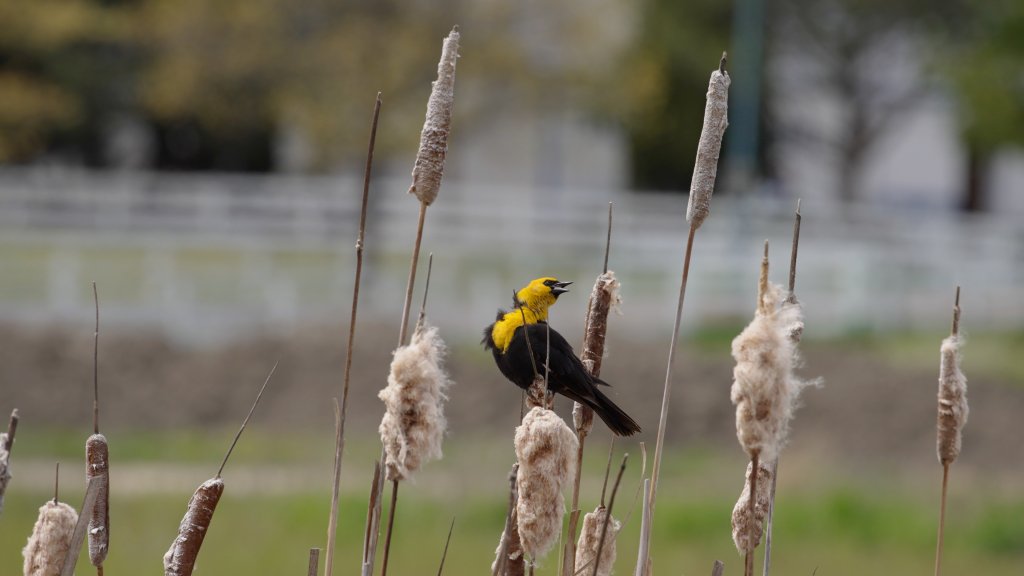
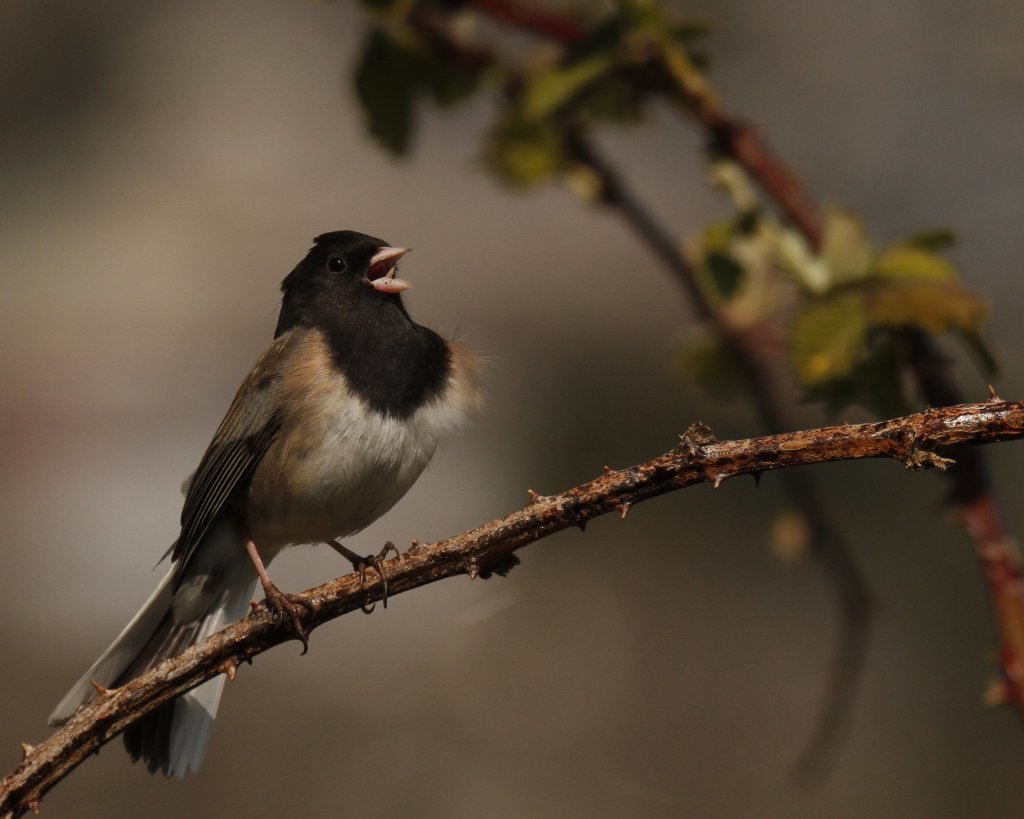
Calling – A method to identify birds, most commonly seen on eBird lists, for example, described as “Sora – Calling” meaning the bird is making noise and that was the only way to identify it.
Photo by Shayne Kaye.
Domestic or Domestic Type – This describes any bird that has been bred within the country it resides in. Many farm ducks or imported ducks can end up in the general ‘domestic’ population to live amongst their wild brethren, or even breed with them for some interesting hybrids!
Photo by Jongsun Lee.
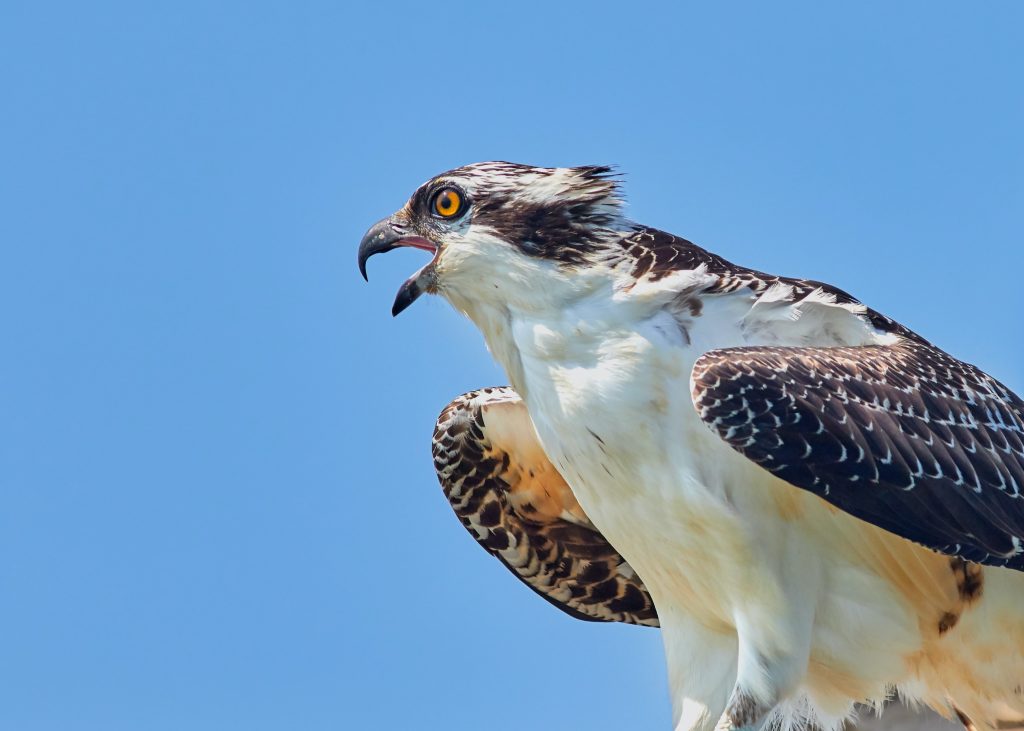
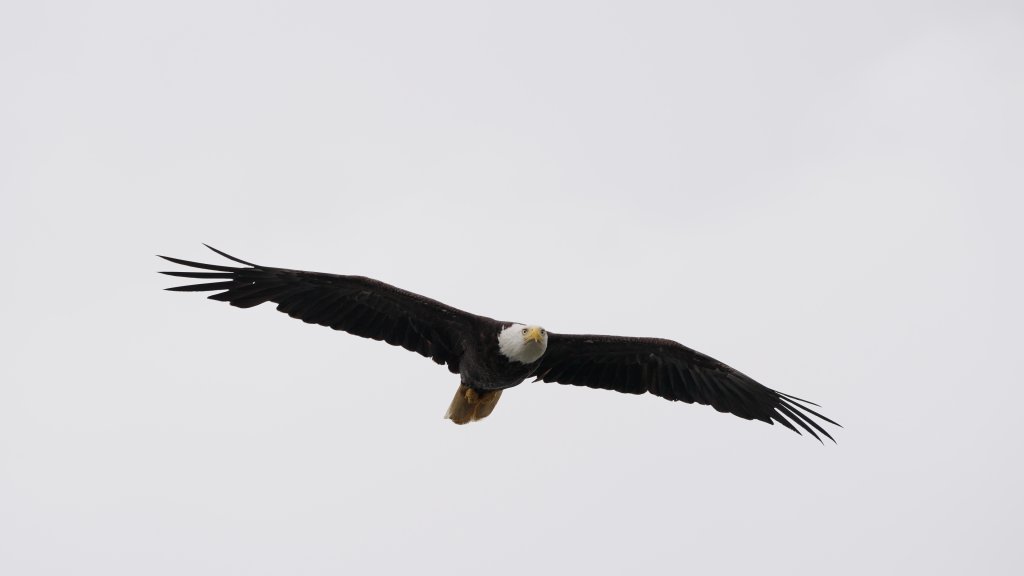
Flyover – Did you see some birds flying overhead when you were observing the skies? That, essentially, is a flyover. It can be a bit more specific if you’re using Flyover when inputting lists on eBird, as it usually means you did not see the bird land at all while you watched it.
Hybrid – Sometimes, bird species that spend a lot of time close together can intermingle, making one glorious super bird called a hybrid. Offspring can have any number of characteristics from their parents, making them difficult to identify. Waterfowls, gulls, and hummingbirds are some of the more common birds known to intermingle.
Waterfowl, such as ducks, are known to produce hybrids.
Photo by Artem Labunsky.
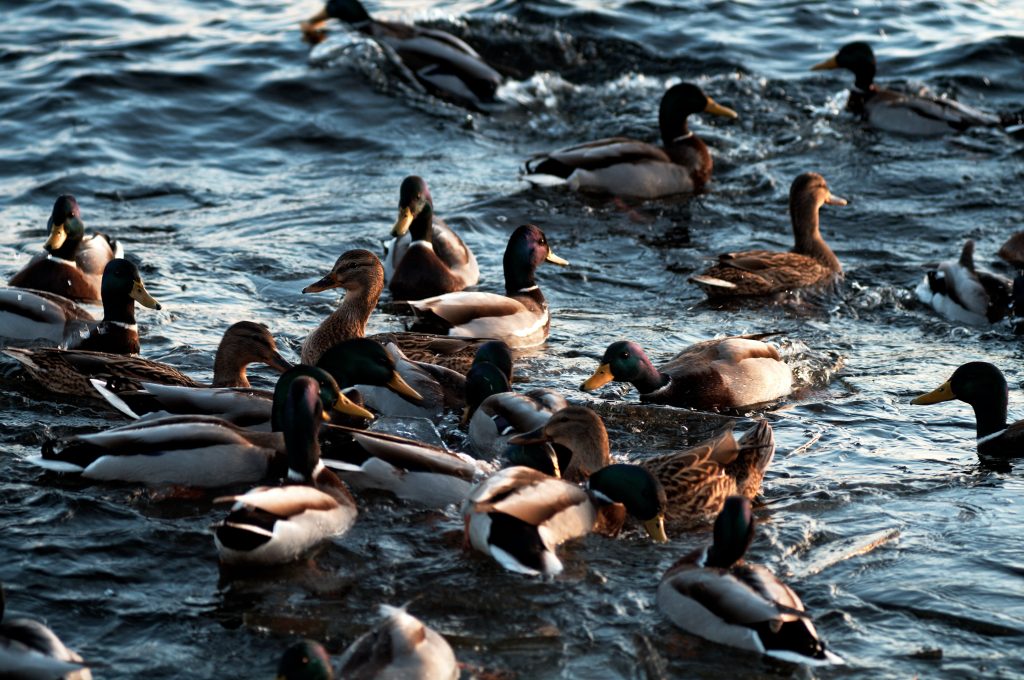
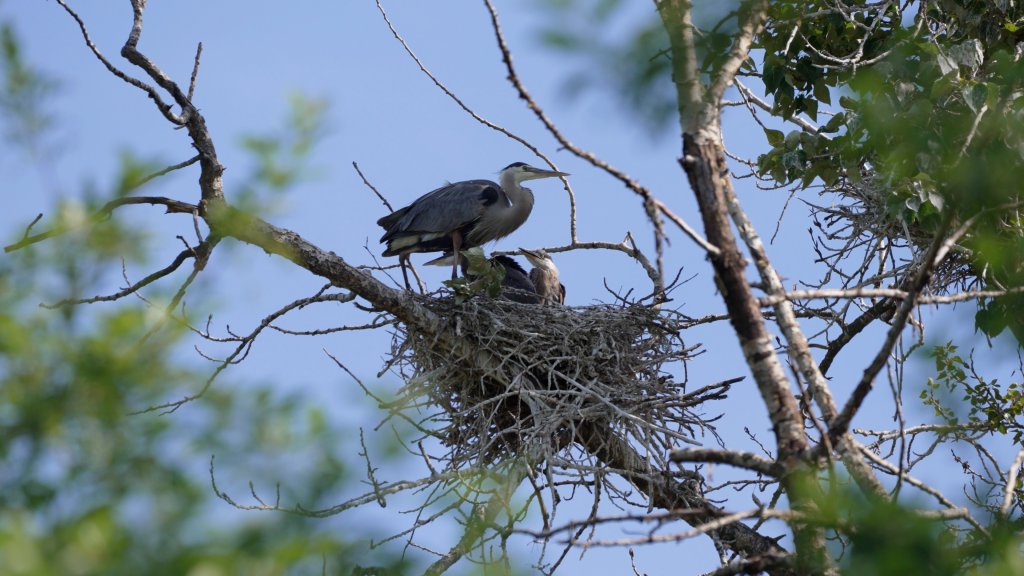
Immature – Throughout a birds’ lifespan, their plumage changes as they mature. This term has to do with identifying birds based on their plumage and suspected age. Describing a bird as immature means that it could be any range from juvenile to sub-adult, but juvenile cannot be used to describe immature birds.
Juvenile – A young bird that is no longer a chick, but not yet a sub-adult. This distinction can be used to help identify a bird based on its plumage.
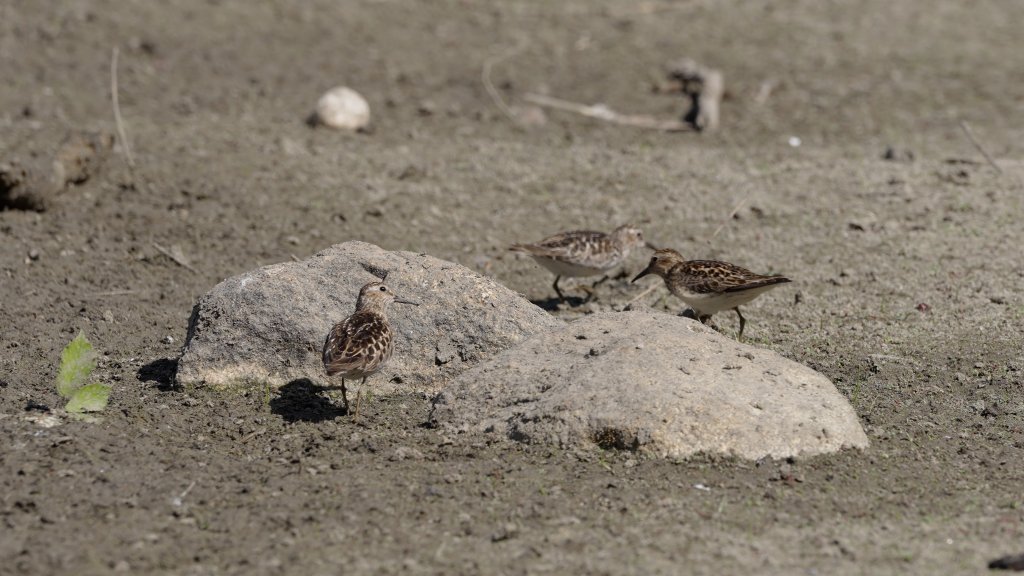

Lifer – Generally, this term is used to describe a bird that has been seen and positively identified by an individual for the very first time. It can only happen once.
LBB/LBJ (Little brown bird/Little brown job) – This is a way to describe a small bird that is usually brown or has bland colourings that make it very difficult to identify, or is considered of little interest to some birders. We at the BC Bird Trail love birds of all colours and vibrancy!
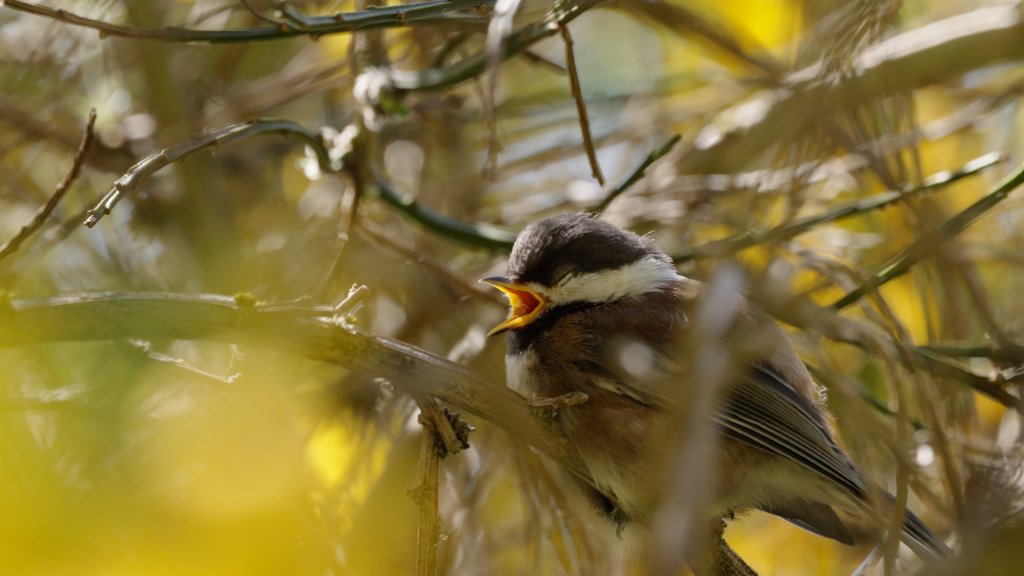

Pelagic – A term used to describe birds that spend the majority of their life out on the open ocean. Albatrosses are a commonly known pelagic bird.
Roosting – Once birds are old enough to leave the nest, where do they sleep at night? Roosting is the term used to describe sleeping birds. They will often find a secret spot, safe from predators, or group up in covered tree branches to rest for the night (or day, in the case of nocturnal birds such as owls).
Photo by Shayne Kaye.
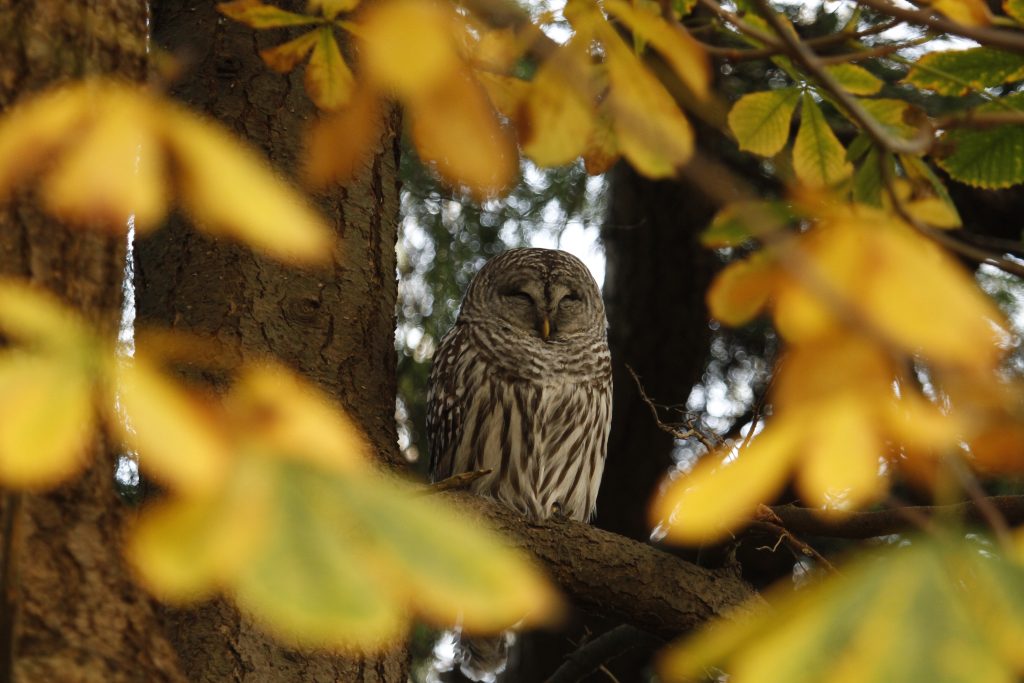

Scope – This usually refers to a telescope. Oftentimes you’ll see birders with large, mounted scopes used to see and identify birds that are quite far away.
Sp. (as in Gull sp.) – This abbreviation for ‘species’ is used when you can’t identify a bird past its species level when recording for yourself or inputting your sightings through something like eBird. For example, you see what you know of are definitely Gulls of some sort, but you aren’t quite sure what species they are, could be Glaucous Gulls or California Gulls. You would mark “Gull Sp.” to indicate you knew it was a gull, but could not identify it any further. There’s a lot more to bird identification and understanding of species and genus, but that’s a whole different blog post!
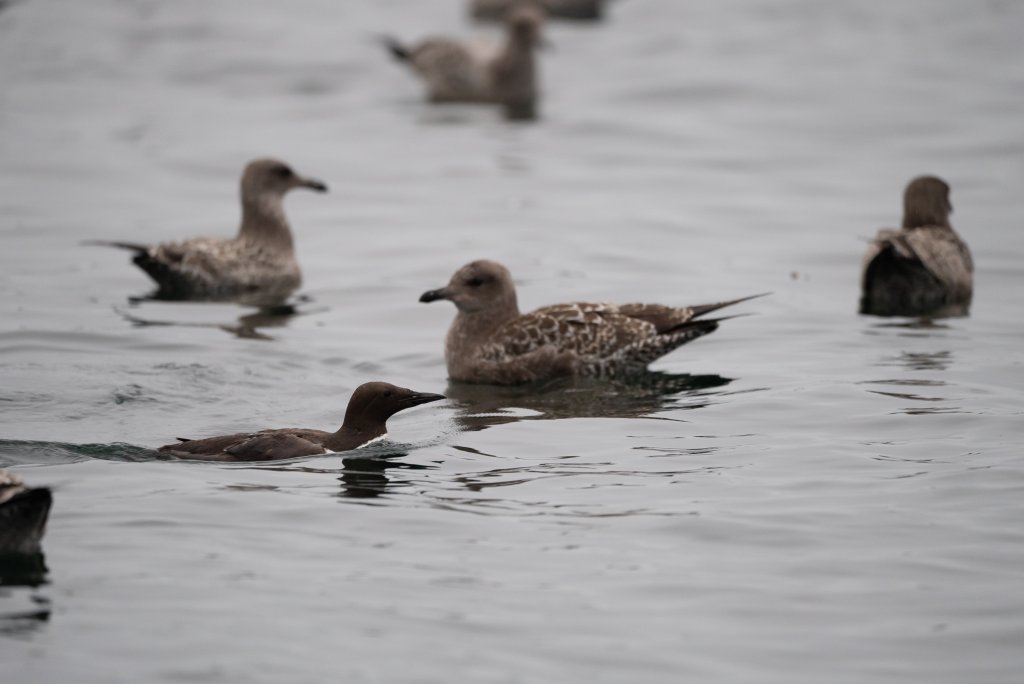

Sub-adult – This term is used to describe the plumage of a bird that is older than a juvenile, but not yet an adult.
Twitch/Twitchers/Twitching – This term refers to those birders who are very enthusiastic about their birding hobby and will often go to great lengths to see specific birds, sometimes travelling long distances to see rare birds they’ve not seen before.
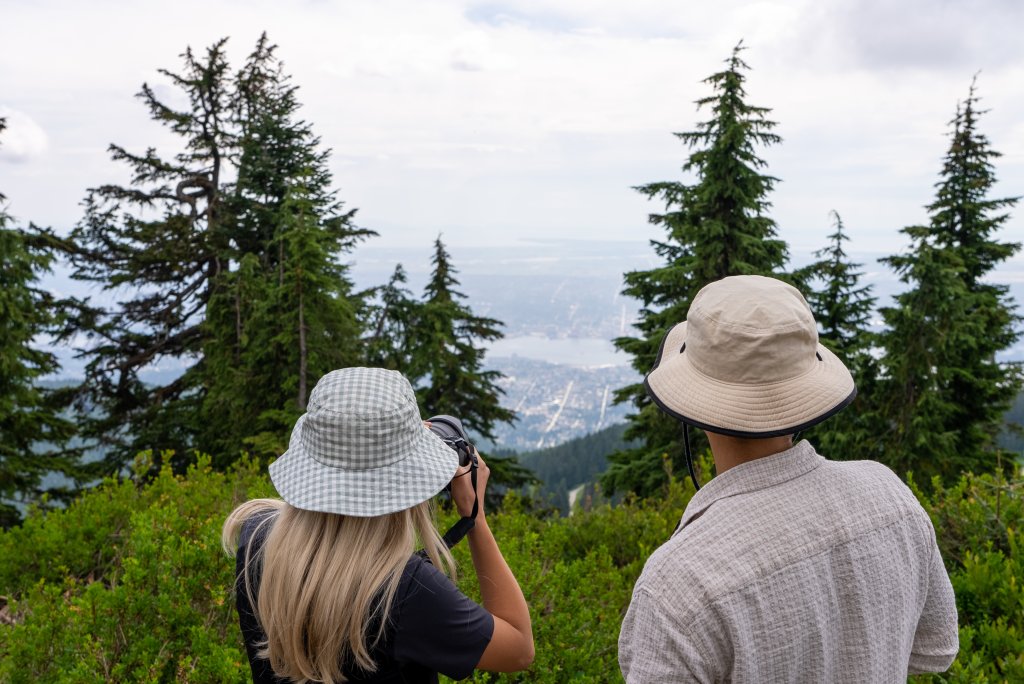
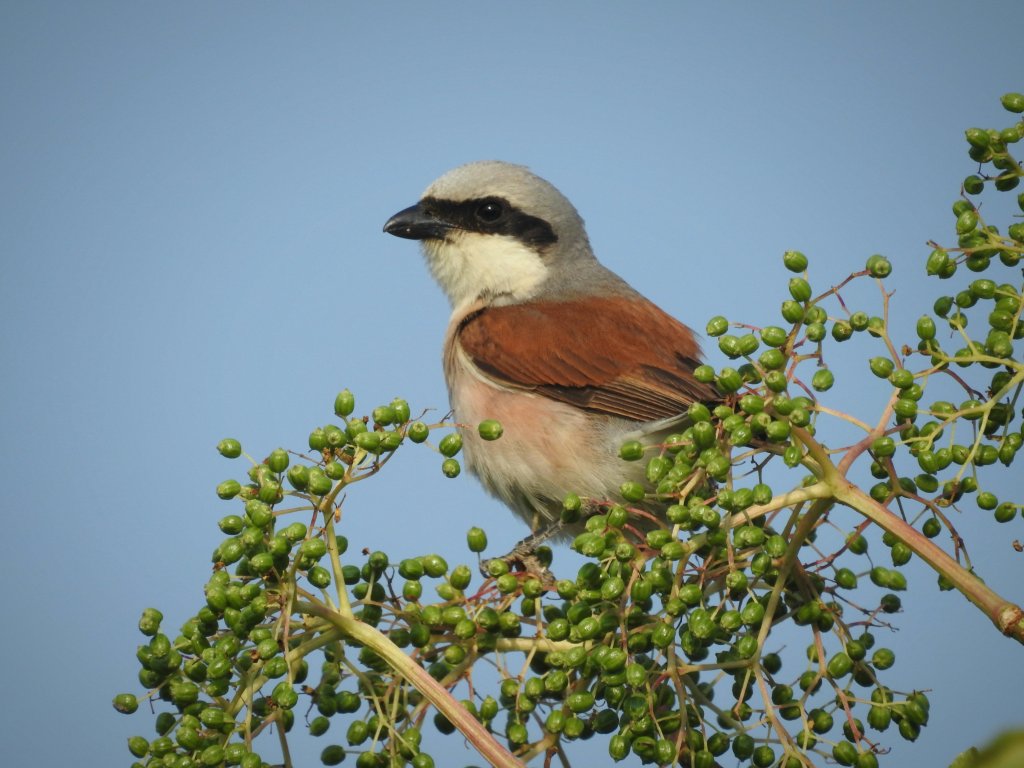
Vagrant – Birds that stray away from their usual known habitat range. The Red Backed Shrike is an example of a vagrant bird in BC.
Photo by Lukáš Kadava.
We hope this birding glossary helps you! Now get out there and test your knowledge on the BC Bird Trail, or bring this glossary with you to help you along the way.
Want to learn more birding basics? Check out our other Birding 101 Blogs:
- Birding 101: What is Birding?
- Birding 101: Identifying Birds by Sight
- Birding 101: Identifying Birds By Their Songs and Calls
- Birding 101: Essential Apps
- Birding 101: What’s in Your Bag
- Birding 101: Backyard Birding
- Birding 101: Counting Birds
- Birding 101: Responsible Birding
